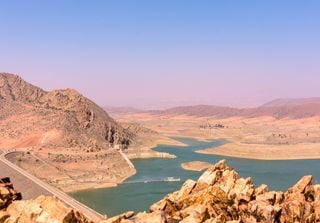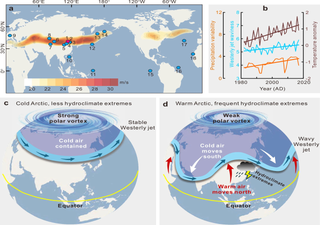Due to the Intense Drought in the Philippines, a Settlement Almost 300 Years Old Resurfaces
A nearly 300-year-old settlement had been covered by the water of the Pantabangan Dam when the dam was built in the 1960s.
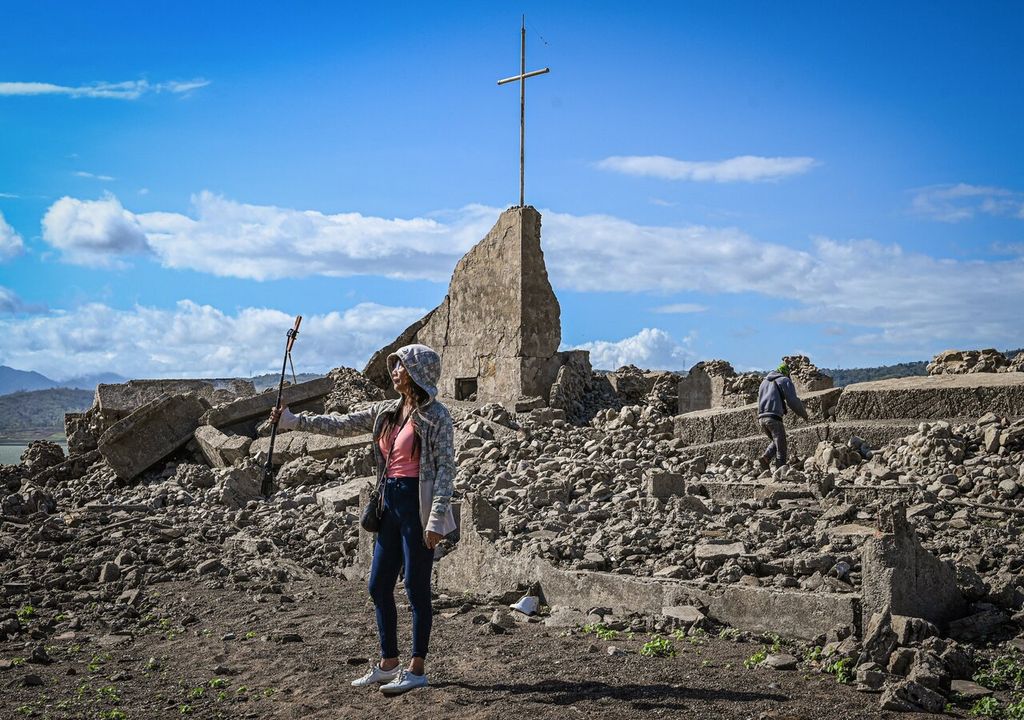
The drought, the high temperatures of recent weeks and the exploitation of water sources have brought the reservoirs in the Philippines down to historic levels.
An old settlement in the north of the country has resurfaced due to the descent of the Pantabangan dam, in the province of Nueva Écija. The town of about 300 years old was submerged in the 1970s by the construction of this hydraulic work.
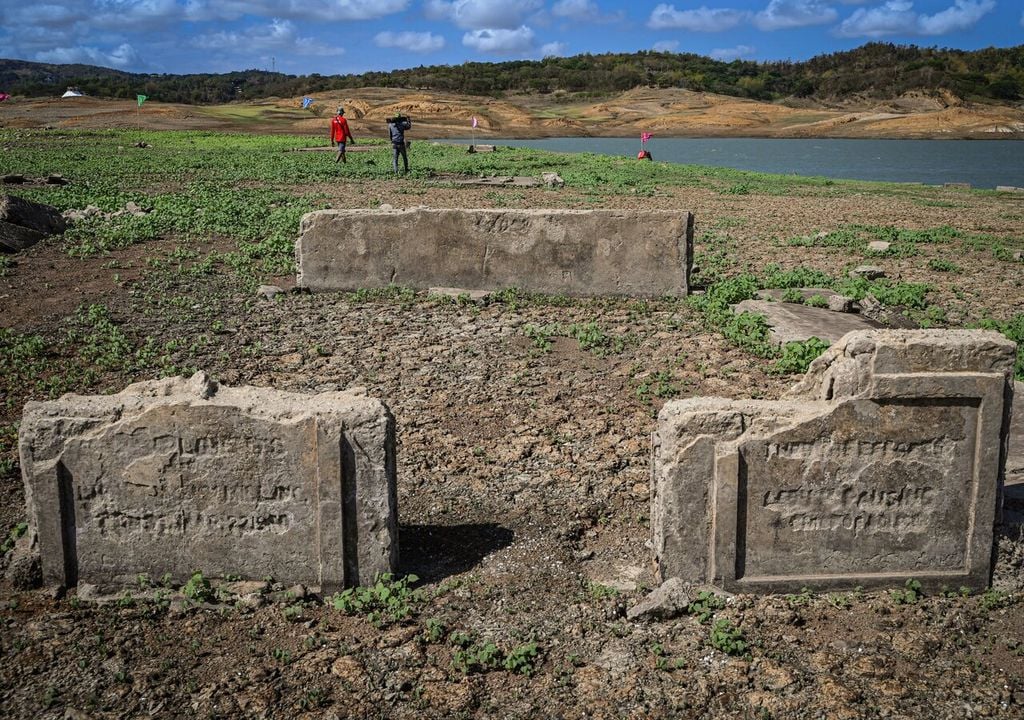
On April 30, the level of the Pantabangan dam was almost 50 meters below normal. It is not the first time that the remains of this settlement have resurfaced, since the dam was built, more than 50 years ago, at least six times they have been seen.
When the dam was built, hundreds of residents of the villages and the farms that were submerged were transferred by the government to higher land.
When the water level drops, the ruins become a popular tourist attraction
The ruins became a tourist attraction and visitors pay about five dollars to fishermen to be transported by boat to the middle of the reservoir, where the city appears on a temporary island.
Visitors defy the extreme heat to see the remains of the village, in recent weeks there have been sensational temperatures above 40 °C. Like much of Southeast Asia, the Philippines has been hit by scorching heat.
Reduction of water use from the Pantabangan dam
The Pantabangan dam has different uses, among them is irrigation for rice, a crop that demands a lot of water, and to generate hydroelectric energy. The fall in the water level forced the activity of two hydroelectric plants to stop at the beginning of April.
In addition to the effects on the energy sector, farmers have had to replace rice cultivation with vegetables that demand less water than grain.
Fears of serious effects on the economy
The current drought in the Philippines brings back the memory of the years 2016, 2017 and 2019 where a similar situation left millions of losses in agriculture. 74% of the vulnerable population is concentrated in 60% of the total territory.
El Niño is behind the heat and drought in the country
The months of March, April and May are usually the hottest and driest in the Philippines, but this year's conditions have been aggravated by the El Niño weather phenomenon.
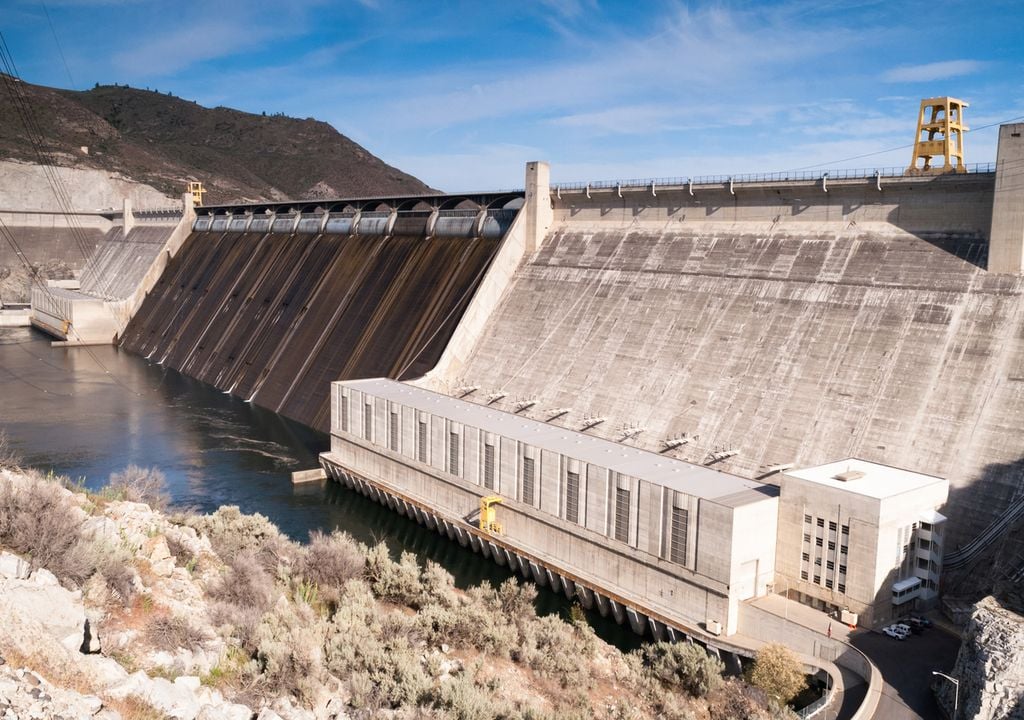
The month of April 2024 has been drier than normal, only the equivalent of 25% of what is normally recorded in the fourth month of the year was accumulated. If there is no beginning of the rainy season with significant accumulations, the decrease in the dams will continue.
Good news for the Philippines
El Niño will end at the end of the northern spring, while in the northern summer La Niña will begin, a pattern that typically causes wetter conditions in Southeast Asia between June and August.
From May, the rains begin in the archipelago, being the summer season where the highest values accumulate. In Manila alone, the average rainfall in August is around 500 mm.






